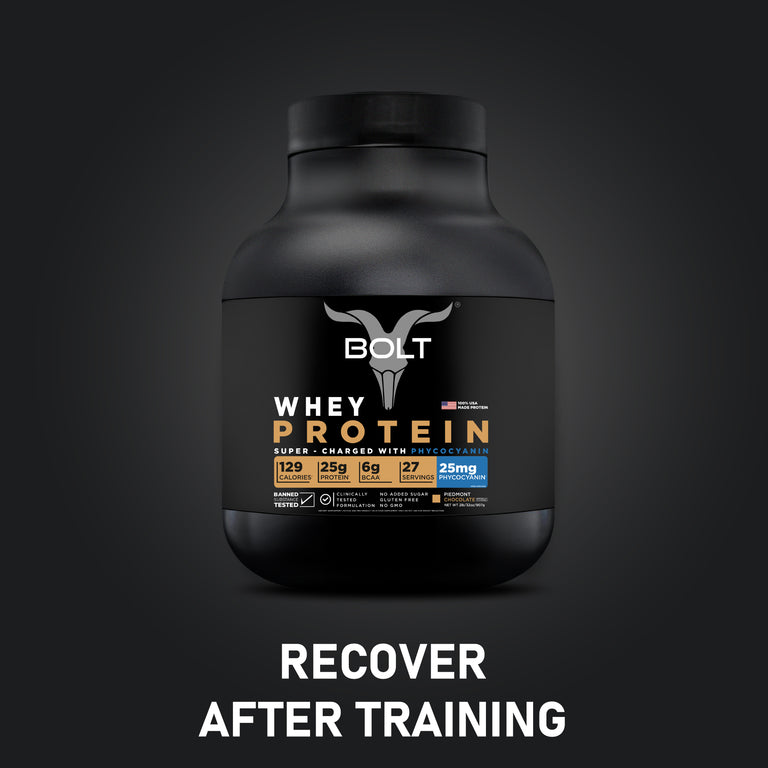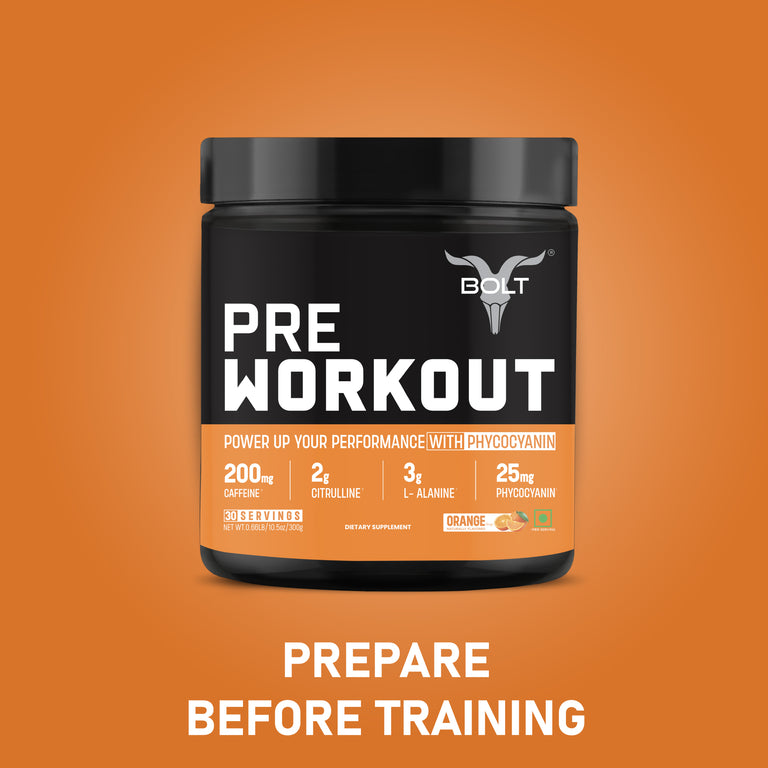
The Rise of Virtual Workouts: Are They Effective?
byvirtual workouts have become a major trend in the fitness industry. From live-streamed classes to AI-powered workout apps, digital fitness solutions are reshaping how people stay active. But are virtual workouts as effective as traditional gym training?
Let’s explore the pros, cons, and real-world impact of virtual fitness programs.
Why Are Virtual Workouts Growing in Popularity?
Several factors have contributed to the rapid rise of virtual workouts:
✔ Convenience: Work out anytime, anywhere—no need to commute to a gym.
✔ Cost-Effective: Many virtual fitness programs are cheaper than traditional gym memberships.
✔ Variety of Options: From HIIT and yoga to strength training and cycling, virtual platforms offer diverse workouts.
✔ Personalized Training: AI-powered fitness apps adapt workouts based on individual progress and goals.
Types of Virtual Workouts
Virtual fitness isn’t just about watching YouTube videos—technology has evolved to offer immersive and interactive experiences:
1. Live-Streamed & On-Demand Classes
Platforms like Peloton, Beachbody On Demand, and Apple Fitness+ provide live and recorded workouts led by professional trainers.
🔹 Best For: People who need motivation and enjoy group-style classes.
2. AI-Powered Personal Training
AI-driven apps like Freeletics, Fitbod, and Tempo analyze performance data and offer customized workout plans.
🔹 Best For: Individuals looking for a data-driven, adaptive training experience.
3. Virtual Reality (VR) Fitness
Apps like Supernatural and FitXR use VR headsets to create immersive, gamified workouts.
🔹 Best For: Those who enjoy interactive, engaging fitness experiences.
4. Wearable-Integrated Workouts
Smartwatches and fitness trackers (e.g., Apple Watch, Whoop, Garmin) monitor performance and guide workouts in real-time.
🔹 Best For: Fitness enthusiasts who want detailed tracking and performance insights.
Are Virtual Workouts as Effective as Gym Training?
Let’s compare key factors:
|
Factor |
Virtual Workouts |
Traditional Gym Workouts |
|
Convenience |
Train anywhere, anytime |
Requires travel to the gym |
|
Variety |
Wide range of classes and training styles |
Limited to gym equipment and available classes |
|
Accountability |
AI tracking & live instructors for motivation |
Personal trainers & gym environment |
|
Equipment |
Bodyweight, minimal equipment |
Access to full gym machines & weights |
|
Social Factor |
Online community & virtual group sessions |
In-person classes & gym community |
Virtual workouts can be highly effective, especially for beginners and those with busy schedules. However, for advanced athletes or strength training, traditional gyms may offer more advantages.
How to Maximize Results with Virtual Workouts
🚀 Set Clear Goals: Define fitness targets to choose the right virtual program.
🚀 Invest in Equipment: Resistance bands, dumbbells, or a smart home gym can enhance results.
🚀 Use Wearables: Track heart rate, calories, and progress with fitness trackers.
🚀 Stay Consistent: Schedule workouts like in-person sessions for accountability.
🚀 Combine with Gym Training: Mix virtual and traditional workouts for optimal results.
Conclusion:
Virtual workouts offer flexibility, affordability, and innovation, making them a great option for many fitness enthusiasts. However, for those who thrive in a gym setting or require specialized equipment, a hybrid approach combining both virtual and traditional training may be the best solution.








